A Bike, a Trash Can, and a Lesson in Self-Management
A father was taking his young daughter on a ride using her brand-new bike with training wheels. I watched the little girl riding on the sidewalk. The father was running ahead moving any trashcan that was in the way or little twigs that might be a bump for her. Basically, he was doing his best to make it a perfectly fine path for the child to ride. Instead of making the world a perfect place, he could have seen the bike ride as a natural opportunity for teaching self-management to the child.
We need to encourage children to make decisions and live with the consequence of those decisions. The bike ride was a great opportunity for a parent to use guidance. They could have stopped before they took their walk or their ride, looked down the block and said, "Do we see anything that might interfere with our ability to ride our bikes safely and successfully? If there is something like that trashcan in our way, what can we do? What is our best solution"? Guiding is helping the child process different possibilities and then evaluating their chosen option for its reasonableness and its importance.
If a child's behaviors are inappropriate or put them in a dangerous situation, you of course stop the behavior immediately. That is not a moment for guiding. But if we want them to use problem-solving methods in the future, then we should provide opportunities for decision-making with guidance. In the rush of events that envelop parents, many may become directive and take the lead in solving the problem for the child.
Recently, I saw a parent with a child about the age of 4 and the child was pouring his cereal. The space between the box, the bowl, and the milk measured a little over an arm's length. The parent said, "No. No. Put the cereal box right beside the bowl. Pour the cereal first and close the box top and then put it over here because you are done with it. Here is the milk. Be careful when you take off the lid. Then pour it and put the lid back on. When you are done put it here." The child was clearly able to pour the milk and the cereal. This could be an excellent time to sit back and use guidance rather than directives. There is no rush. There is no danger present. The parent could give the same information in different words. "I remember when I was little. I did that once and I had such a long space between where my bowl was compared to the milk and cereal. I ended up making a mess and I thought I might do it differently another day. What do you think"? If the child says, "It's fine," say "Okay, I was just sharing my experience. It didn't work for me. It's OK if you want to try and make it work for you. If not, what do you think might happen? By the way, the house rule is everyone cleans up their mess. Whatever you decide is fine with me." Then walk away. Leave the final decision in the hands of the child, but you can guide them with your language to process their thoughts.
Guiding is setting the stage for good decision-making. What if the child says, "Leave me alone. I can do this," and then spills the milk all over the table? You can respond: "Sometimes even when we think we made a great decision, things go wrong. Sorry. You know where the cleaning supplies are stored." You can remind the child periodically that some decisions are the child's to make, some decisions are Mom's to make, and some decisions are made in a shared way. (That's a topic for another day!) You are always willing to talk through any decision as a way to help your child think of the reasonableness and the importance of their choice.



_thumb.png)



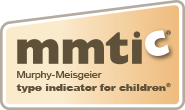
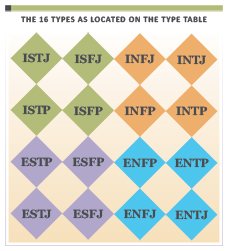
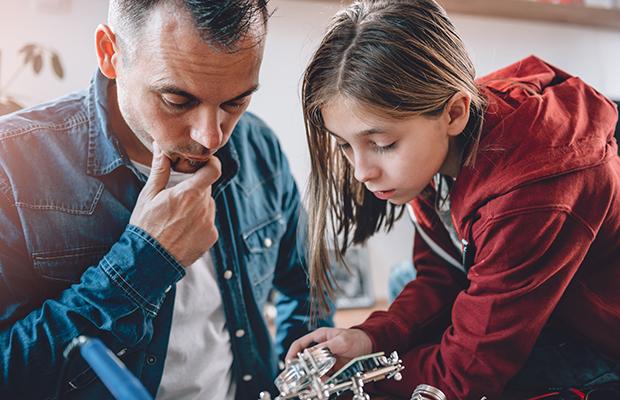





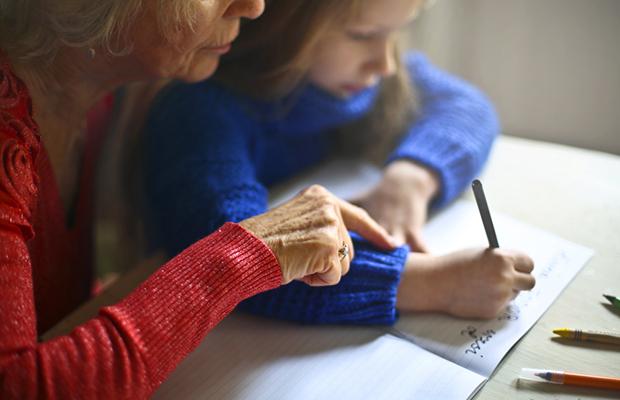
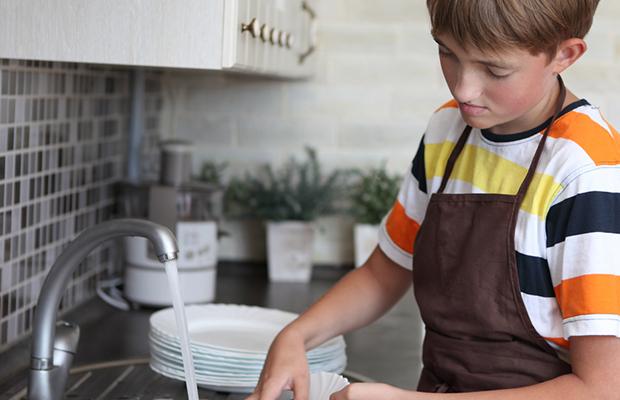
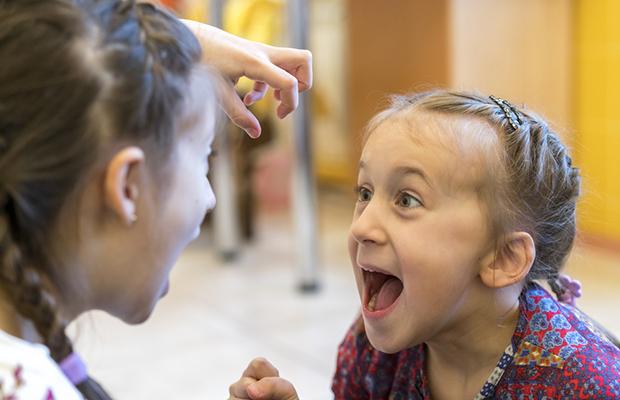


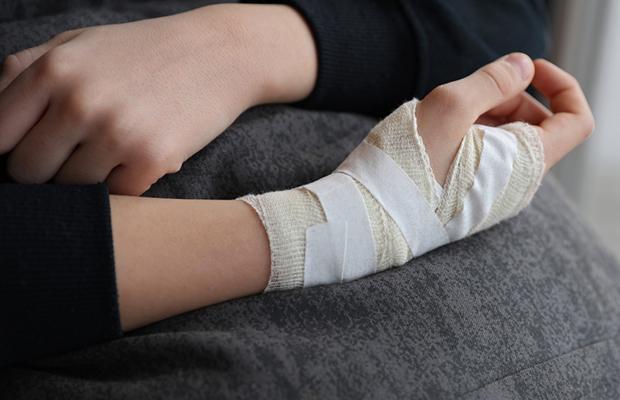


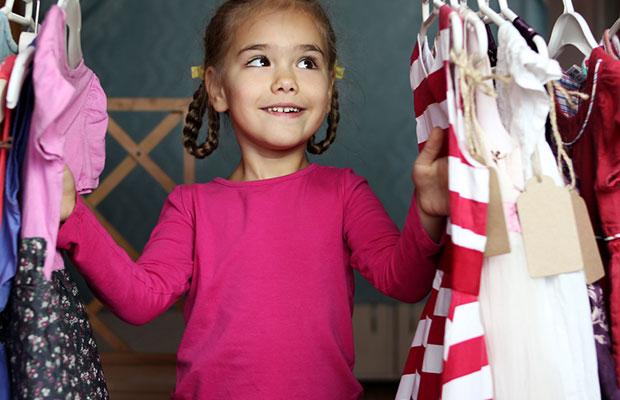
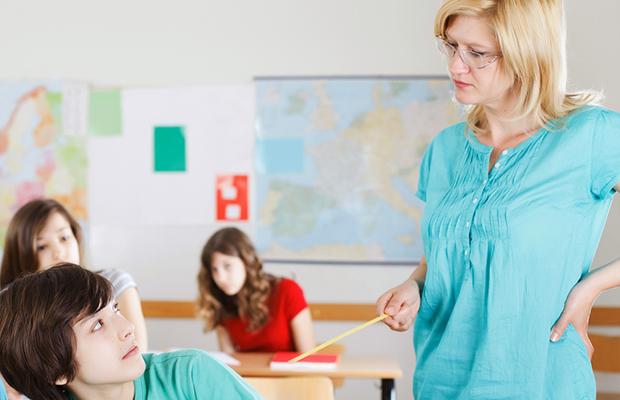
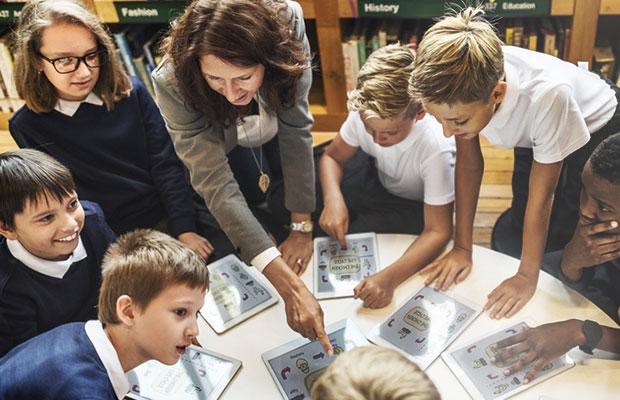
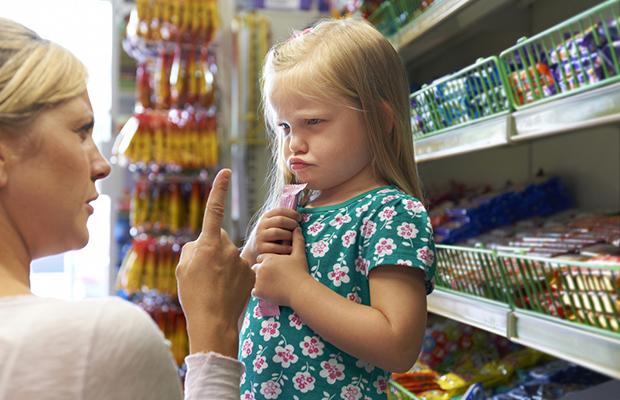
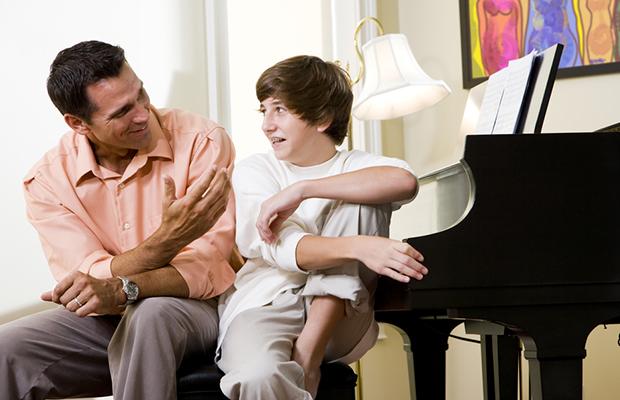

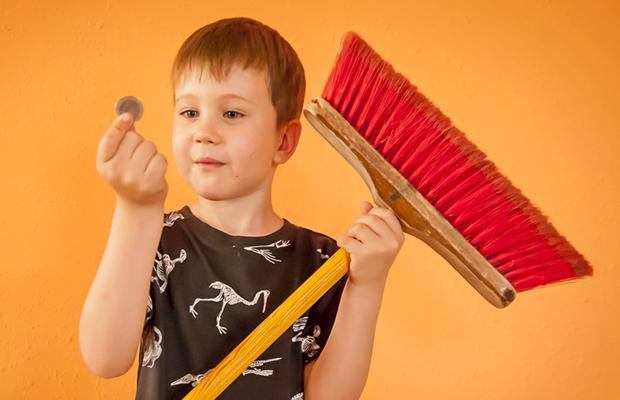
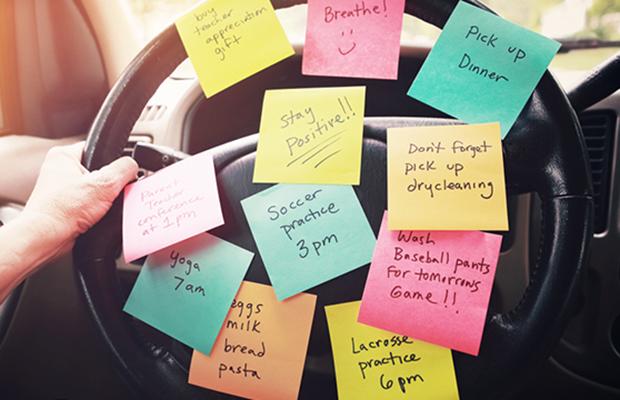
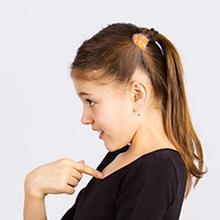

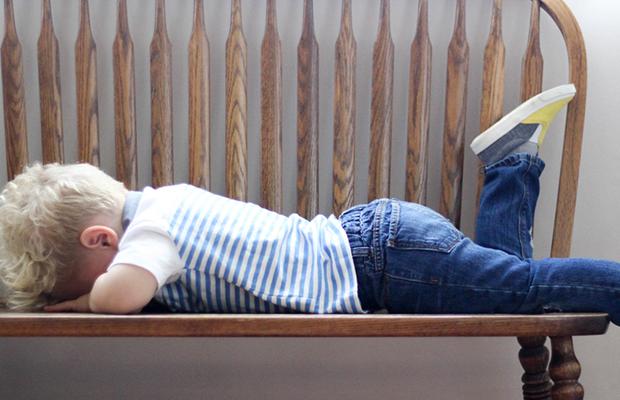

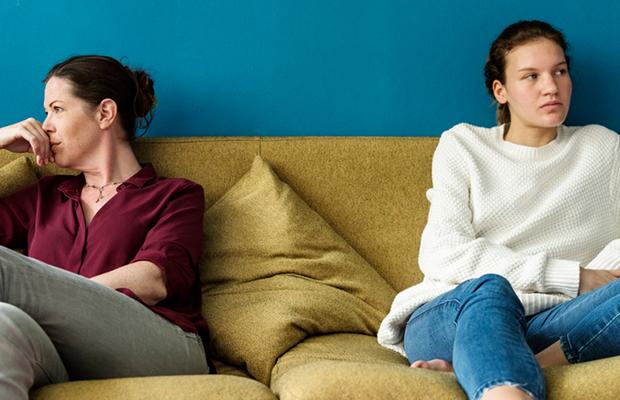
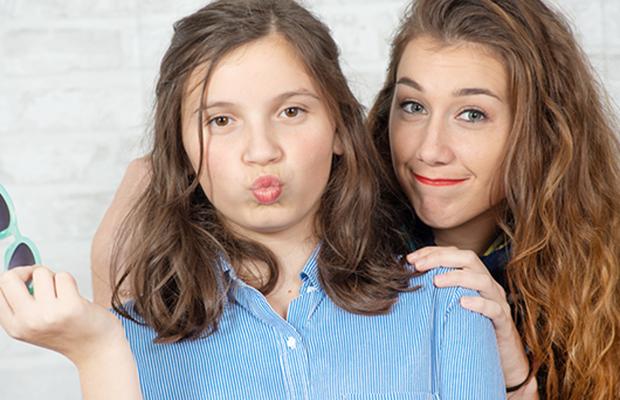
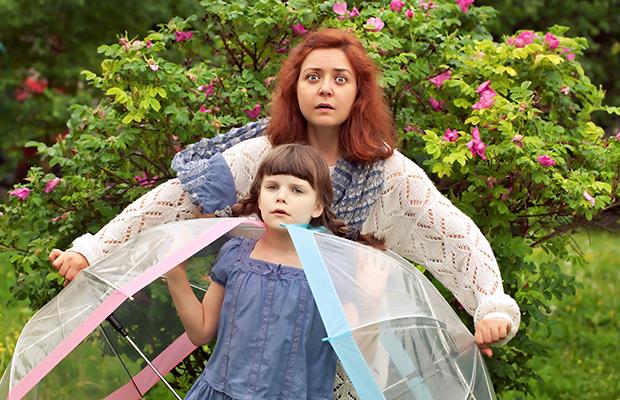

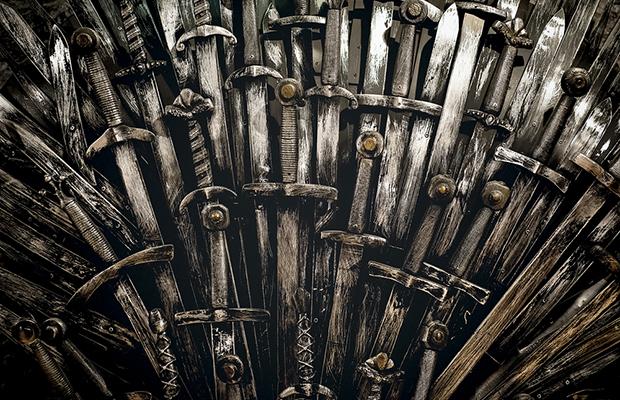




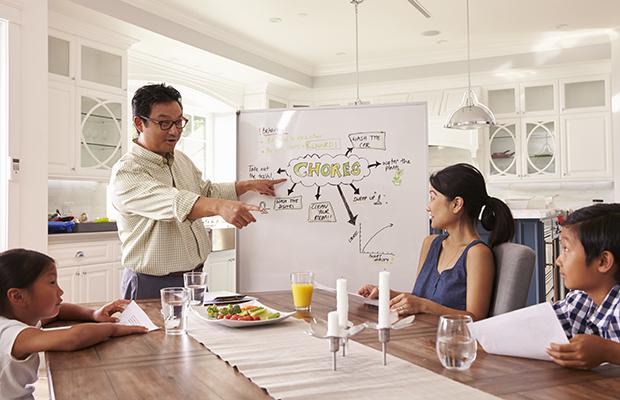
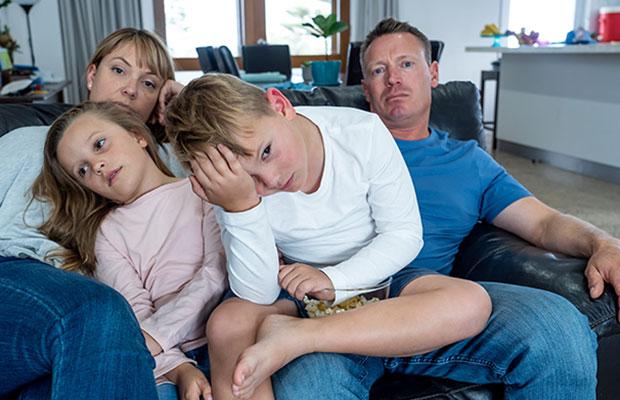

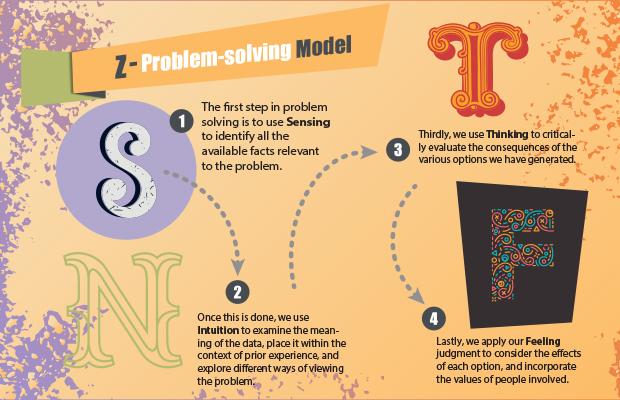

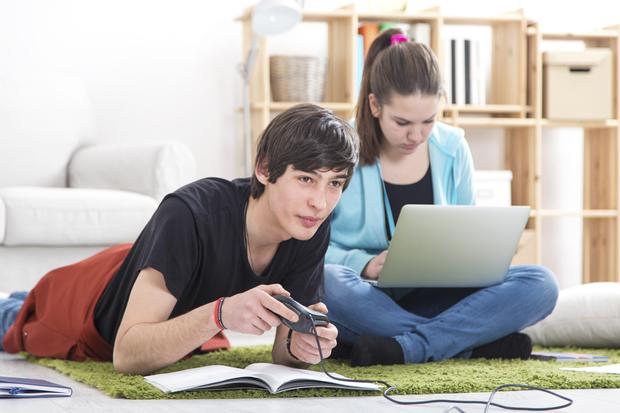


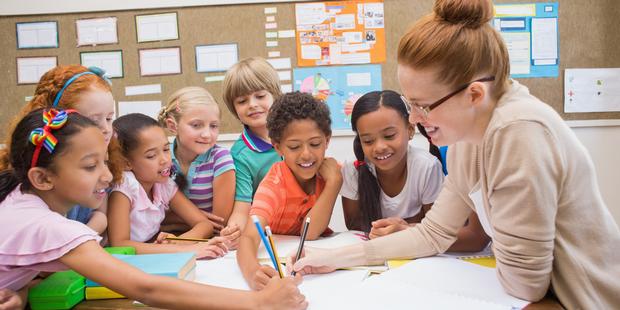
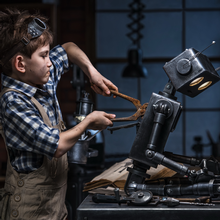






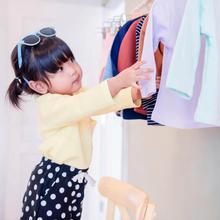

_thumb.png)

